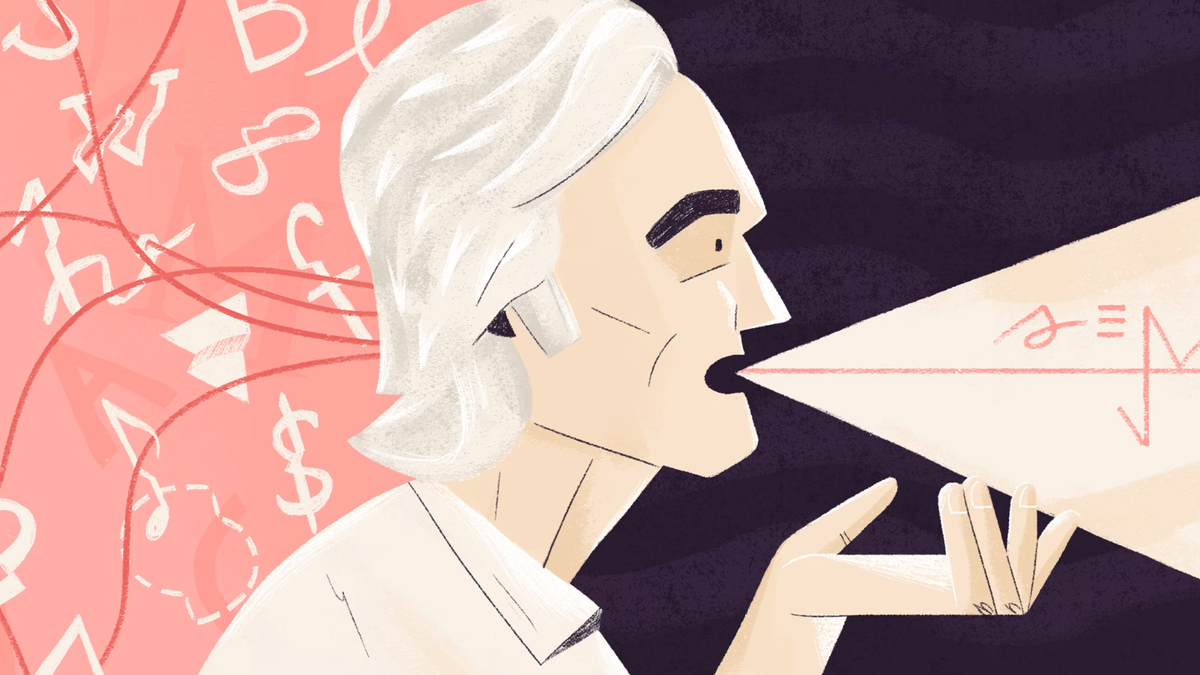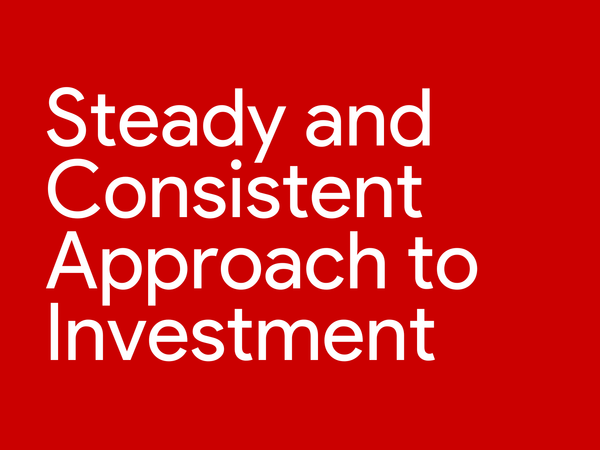“Çalış, 100 Al” - My Technique to Learn Anything Fast and Its Relation to Feynman Technique

What does “Çalış, 100 Al” mean?
In Turkish, it means “Study, Get 100”.
Those three words explain my philosophy to learn anything fast. I would like to share the core components of this methodology.
I first started writing online when I was 10 on the computer of my grandfather. I was trying to build my personal website, and for that, I firstly thought that it would be very cool if my personal website gave news about movies, technology and games… I was good at school, so then I thought I could use my personal website to teach my classmates some information that I have about the classes and topics.
In this process, what I found was that as I wrote questions and small topic descriptions in my personal website, I also began to understand the topics better, and asked numerous questions to enlarge my pile of knowledge.
I was in the third grade, and I became interested in a field called “coding”. It was like wizardry, or magic, which could be done by typing on the keyboard. I began to learn C++, and aimed to build a computer game. My aim was to build a game like Grand Theft Auto, and I quickly realized that the path was not that easy.
While I was in the fifth grade, a projector was established in our class, and I began to ask our class teacher to receive extra work in the form of making a PowerPoint presentation and presenting the topic to the class. I enjoyed the process so much, and realized again that presenting and writing about a topic is the best way to learn more about it.
Fast forward to my high school years and “Çalış, 100 Al” notes. Especially in the eleventh and twelfth grades, as I began to understand our teachers’ style more, I began to prepare “Çalış, 100 Al” notes before exams for my classmates
Not like a cheat sheet. On the contrary, I was preparing it for my friends, in order for them not to be in a need of using cheat sheets during the exams.
Those “Çalış, 100 Al” notes consisted of distilled information about the exam topics. The rule that I set myself was that the note should not exceed a notebook page. So, it was almost like an A5 size. I honestly don't remember creating a “Çalış, 100 Al” note on the A4 size.
Recently, while reading on the topic of mental models, I came across the Feynman technique, getting its name from the worldwide known physicist Richard Feynman. Feynman was a brilliant teacher and was famous for explaining deep concepts in physics in an extremely understandable way with jokes and analogies. You can still listen to some of his lectures on Youtube, and you can even feel his style in his books.
Those are the four key steps of the Feynman technique to learn anything:
- Select a concept to learn.
- Teach it to a child.
- Review and refine your understanding.
- Organize your notes and revisit them regularly.
For me, “teach it to a child” is fundamentally important in this sequence. If you are learning and then mastering a concept, the level of your mastery can be identified with your ability to teach the concept to a child.
Why is that?
For teaching a concept to a child, you need to distill to the utmost basics. No unnecessary words or details are needed. If you use them, you create confusion in the child’s mind. I think if you use unnecessary details just to sound “smart”, you confuse yourself too.
So, mastery in a field is based on understanding the fundamentals of that field very well. If those fundamentals are taken care of, you can smoothly build your knowledge on top of them.
Beauty and mastery are in the basics.
Understanding the depth but seeing the simplicity of it is mastery.
You do not want to be the person who tries to explain quantum physics to a child but cannot explain why the sky is blue.
Make a child understand the basics.
You will learn much more by studying and teaching the basics.




